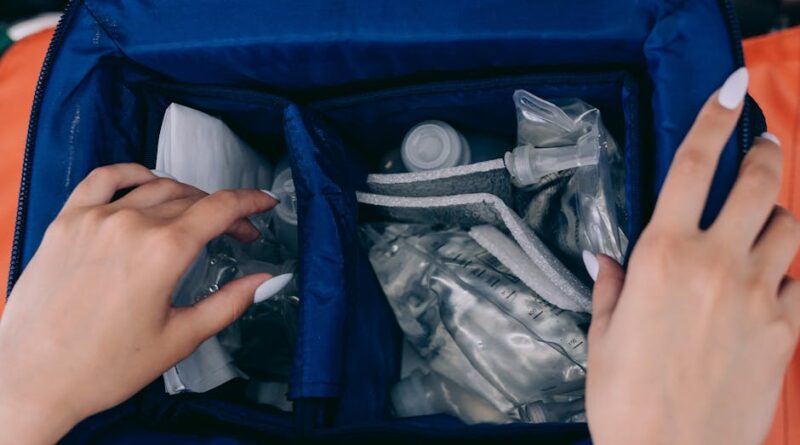Your Essential Storage Safety Toolkit
Have you ever thought about how to keep your storage safe? Many people overlook this important aspect. Yet, proper storage safety can save you time, money, and even frustration. In this article, well explore what you need in your essential storage safety toolkit and how to keep your belongings secure.
Why Is Storage Safety Important?
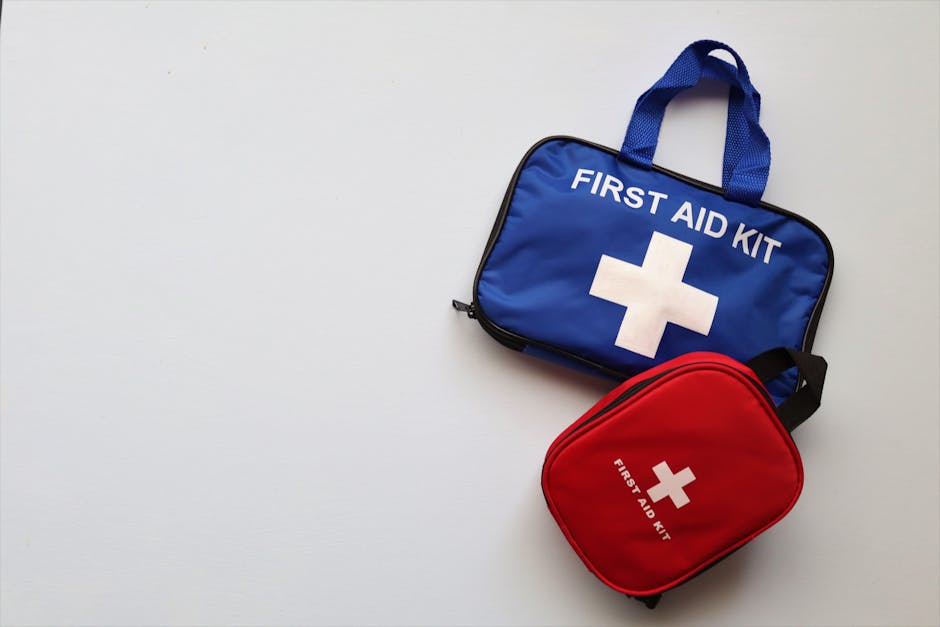
Storage safety isn’t just about locking doors. It’s about protecting your items and ensuring a safe environment. Did you know that around 2.3 million property crimes occur in the U.S. each year? This makes storage safety crucial for everyone. Whether it’s at home, in a garage, or a storage unit, being proactive is key.
What Should You Include in Your Storage Safety Toolkit?
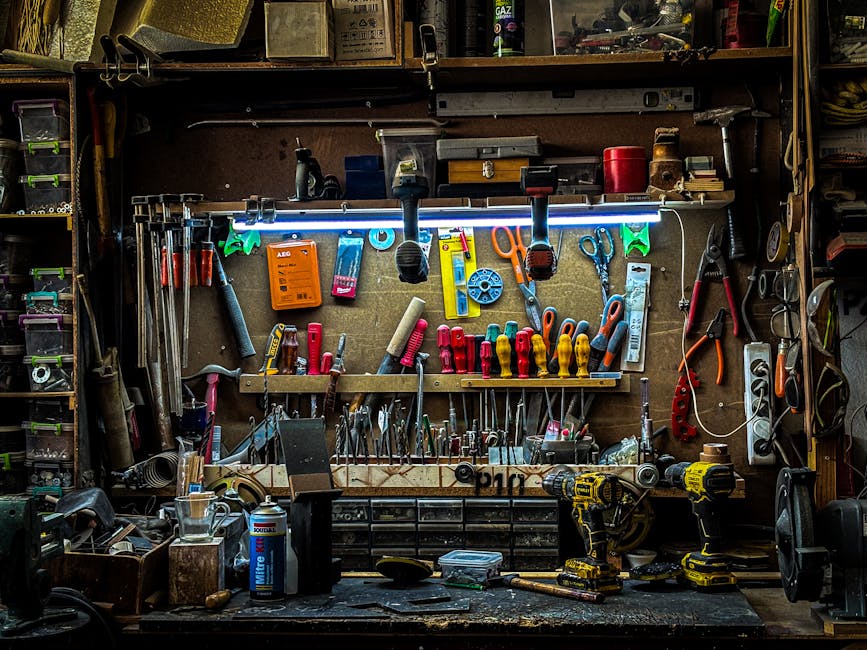
Your storage safety toolkit should be simple but effective. Heres a quick overview of essential items:
- Locks for doors and containers
- Labels for organization
- Fire extinguishers
- First aid kit
- Surveillance cameras
- Weatherproof containers
Lets break these down one by one.
What Types of Locks Do You Need?
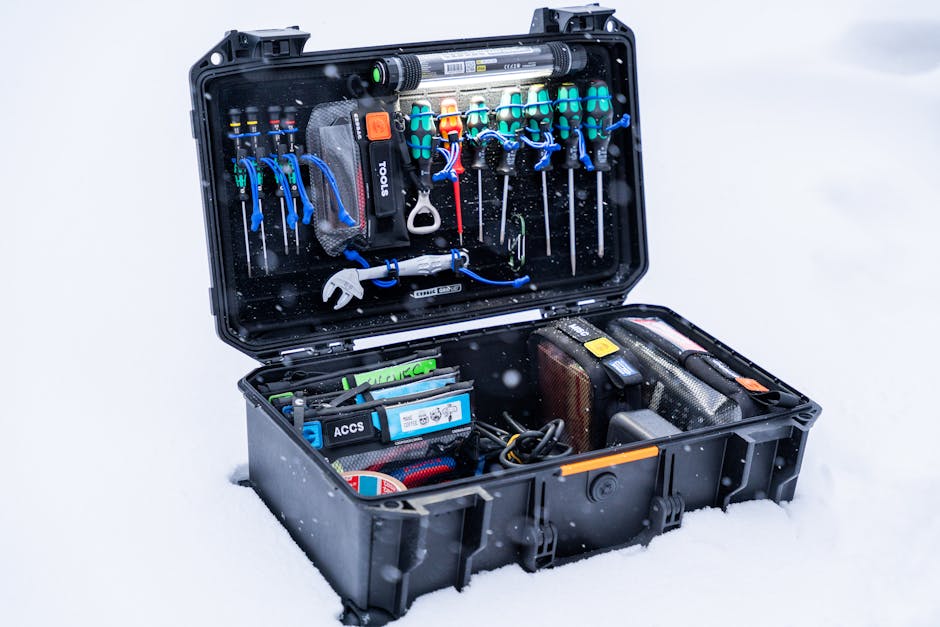
Locks are your first line of defense. There are many types to choose from. Here are a few:
- Padlocks: Great for lockers and storage units.
- Deadbolts: Ideal for doors.
- Combination locks: Easy to use without a key.
Make sure to choose high-quality locks. They deter thieves and keep your belongings safe. A good lock is like a sturdy door for your items.
How Important Are Labels in Storage?
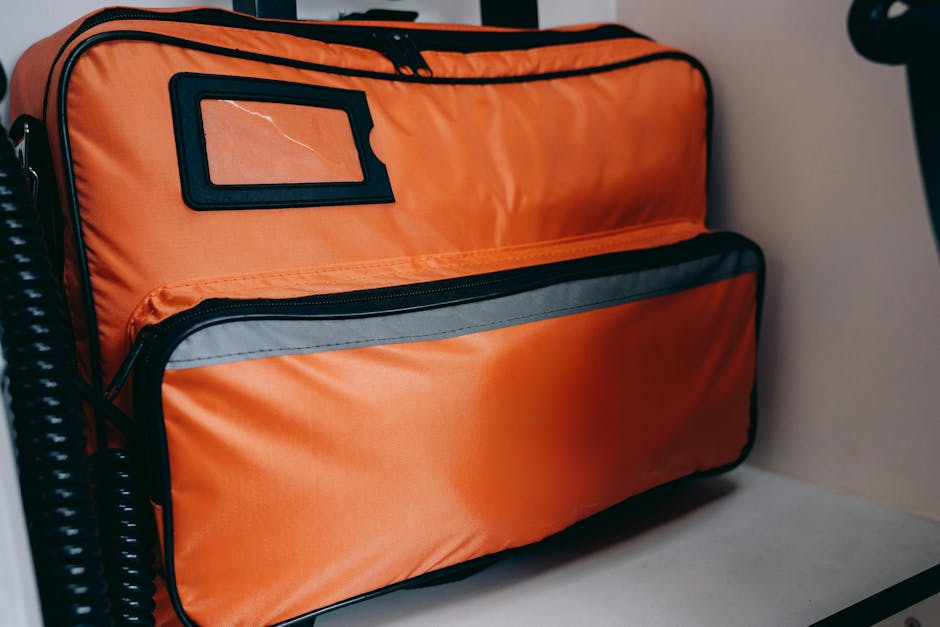
Labels simplify your life. They help you find what you need without digging through boxes. Use clear, easy-to-read labels on bins and shelves. You can organize items by:
- Category (e.g., holiday decorations, tools)
- Frequency of use (e.g., everyday items vs. seasonal items)
- Owner (especially in shared spaces)
When you know where everything is, you save time and reduce stress.
Are Fire Extinguishers Necessary?
Yes! Fire extinguishers are crucial in any storage area. They can prevent small fires from escalating. Look for extinguishers rated for various types of fires, such as:
- Class A: Ordinary combustibles like wood and paper
- Class B: Flammable liquids like gasoline
- Class C: Electrical fires
Make sure to check the expiration date regularly and replace them as needed. You never know when youll need one.
What Should Be in a First Aid Kit?
Accidents happen, even in storage areas. A first aid kit can help. Heres what to include:
- Adhesive bandages
- Antiseptic wipes
- Gauze and tape
- Pain relievers
- Burn cream
Keep the kit in an easily accessible spot. Knowing you have it nearby can provide peace of mind.
Do You Need Surveillance Cameras?
Surveillance cameras add an extra layer of safety. They deter theft and help you keep an eye on your belongings. Consider these options:
- Outdoor cameras: Monitor entrances and surrounding areas.
- Indoor cameras: Keep track of items inside storage spaces.
- Smart cameras: Access footage on your phone for convenience.
Installing cameras may seem like a big step, but they can be a game-changer for security.
How Can You Weatherproof Your Storage?
Weatherproofing protects your items from moisture and pests. Here are some tips:
- Use airtight containers for sensitive items.
- Store items off the floor to prevent water damage.
- Seal cracks in storage areas to keep pests out.
Taking these steps ensures your belongings stay in great shape, no matter the weather.
How to Create an Inventory List?
Keeping track of your items is vital. An inventory list can help you stay organized. Here’s how to get started:
- List all items in each box or bin.
- Include purchase or replacement dates.
- Add estimated values for insurance purposes.
You can keep this list digitally or on paper. Regularly updating it will help you stay on top of your belongings.
What Are Common Storage Safety Myths?
Many people have misconceptions about storage safety. Here are a few myths debunked:
- Myth: “A simple lock is enough.”
- Fact: Quality locks, along with other measures, provide better security.
- Myth: “I don’t need insurance for my storage.”
- Fact: Insurance offers protection against theft or damage.
Understanding these myths helps you make better choices for your storage safety.
What Are Some Final Tips for Storage Safety?
Here are some actionable takeaways to ensure your storage safety:
- Regularly check and maintain your locks and safety equipment.
- Keep your area clean and organized to reduce hazards.
- Educate family members about safety procedures.
These small actions can lead to a safer storage environment.
Conclusion: Take Action for Safer Storage
Creating a safe storage environment is within your reach. With the right tools and knowledge, you can protect your belongings and ensure peace of mind. Remember to start with the essentials: quality locks, clear labels, and safety equipment.
Don’t overlook your storage safety. By taking simple steps today, you can avoid headaches tomorrow. For more tips on home organization, check out our related post on [Home Organization Hacks](https://www.example.com/home-organization-hacks).
Stay safe and organized!
